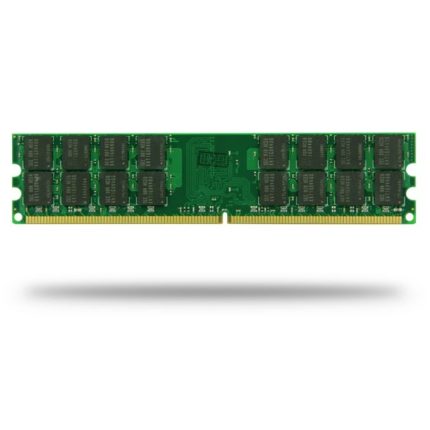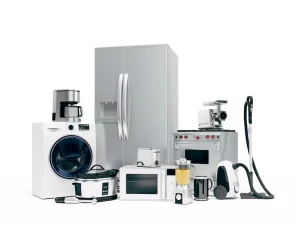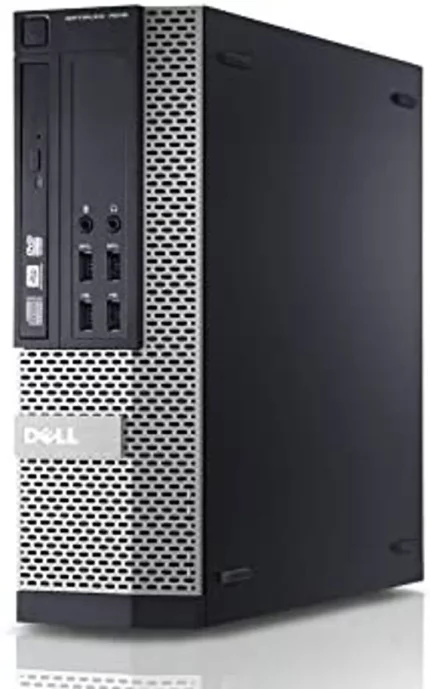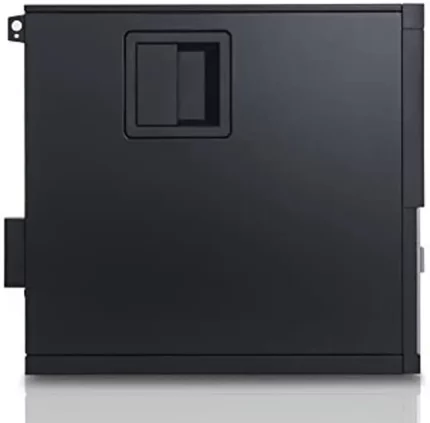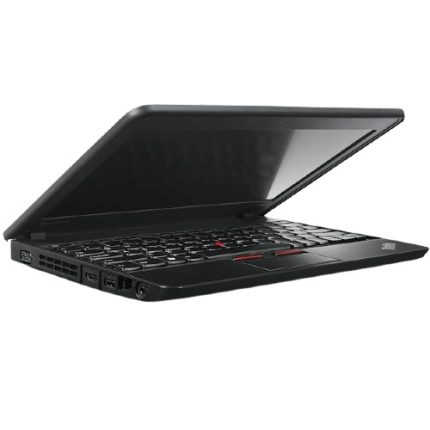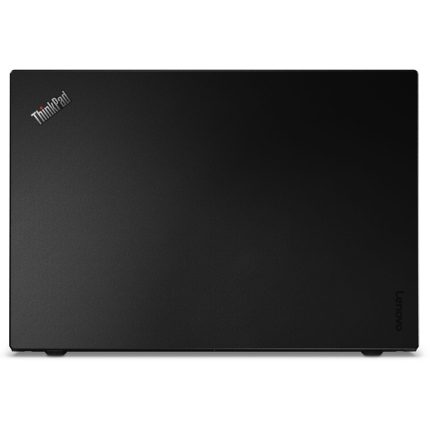In today’s digital age, businesses of all sizes are heavily reliant on information technology (IT) infrastructure. From data storage to communication networks, IT systems are the backbone of modern operations. Consequently, the potential impact of IT disruptions can be devastating, leading to significant financial losses, reputational damage, and operational paralysis. This underscores the importance of a robust IT disaster recovery (ITDR) plan.
Understanding IT Disaster Recovery
IT disaster recovery refers to a set of policies, tools, and procedures that enable the recovery or continuation of vital technology infrastructure and systems following a natural or human-induced disaster. The primary goal of an ITDR plan is to minimize downtime and data loss, ensuring that business operations can resume as swiftly and smoothly as possible.
Key Components of an IT Disaster Recovery Plan
An effective ITDR plan should encompass several critical components:
1. Risk Assessment and Business Impact Analysis
Before developing an ITDR plan, it is essential to conduct a comprehensive risk assessment and business impact analysis (BIA). This involves:
-
- Identifying potential threats: Natural disasters (e.g., earthquakes, floods), cyberattacks (e.g., ransomware, data breaches), and human errors.
- Assessing the likelihood and impact: Evaluating the probability of each threat and its potential impact on business operations.
- Prioritizing critical functions: Identifying which business functions and IT systems are most critical to operations and should be prioritized in the recovery process.
2. Recovery Objectives
Defining clear recovery objectives is crucial for an effective ITDR plan. These objectives include:
-
- Recovery Time Objective (RTO): The maximum acceptable amount of time that a system, application, or function can be down after a disaster occurs.
- Recovery Point Objective (RPO): The maximum acceptable amount of data loss measured in time. For example, an RPO of 4 hours means that data backups should occur at least every 4 hours.
3. Data Backup and Restoration
A robust data backup strategy is the cornerstone of any ITDR plan. Key considerations include:
-
- Regular backups: Implementing regular and automated backups of all critical data.
- Offsite storage: Storing backups in a secure, offsite location to protect against onsite disasters.
- Data restoration: Ensuring that data can be quickly and accurately restored from backups.
4. IT Infrastructure and Application Recovery
This component involves planning for the recovery of IT infrastructure and applications, including:
-
- Hardware and software inventory: Maintaining an up-to-date inventory of all hardware and software assets.
- Redundant systems: Implementing redundant systems and failover mechanisms to ensure continuity.
- Virtualization and cloud solutions: Leveraging virtualization and cloud technologies to facilitate rapid recovery and scalability.
5. Communication Plan
Effective communication is vital during a disaster. An ITDR plan should include:
-
- Emergency contacts: A list of internal and external contacts, including IT staff, vendors, and stakeholders.
- Communication channels: Predefined communication channels (e.g., email, phone, messaging apps) to keep all parties informed.
- Crisis communication strategy: Guidelines for communicating with employees, customers, and the media during and after a disaster.
6. Testing and Maintenance
An ITDR plan is only as good as its implementation. Regular testing and maintenance are essential to ensure the plan remains effective. This includes:
-
- Regular drills: Conducting periodic disaster recovery drills to test the plan’s effectiveness and identify areas for improvement.
- Plan updates: Continuously updating the plan to reflect changes in technology, business processes, and emerging threats.
- Review and audit: Regularly reviewing and auditing the plan to ensure compliance with industry standards and regulations.
Benefits of an IT Disaster Recovery Plan
Implementing a comprehensive ITDR plan offers several key benefits:
-
- Minimized downtime: Rapid recovery of IT systems reduces operational downtime, minimizing financial losses.
- Data protection: Ensuring that critical data is backed up and can be restored quickly prevents significant data loss.
- Enhanced reputation: Demonstrating a commitment to business continuity and disaster preparedness enhances trust among customers, partners, and stakeholders.
- Regulatory compliance: Adhering to industry regulations and standards related to data protection and business continuity.
Conclusion
In an era where IT disruptions can have far-reaching consequences, an effective IT disaster recovery plan is not just a best practice—it’s a business imperative. By meticulously planning for potential disasters, setting clear recovery objectives, and regularly testing and updating the plan, businesses can safeguard their operations, protect critical data, and ensure a swift return to normalcy when disaster strikes. Investing in IT disaster recovery today can mean the difference between business resilience and catastrophic failure tomorrow.
DELL REFURBISHED Dell Optiplex Sff 3020 Intel Core I3-4130 Gen 4GB RAM 500GB HD
-
- 3.4GHz Intel Core i3-4130 dual-core processor with 3MB cache memory
- 4GB DDR3 SDRAM memory seamlessly handles multiple programs together
- 500GB HDD enables you to store thousands of files
- Windows 10 Home gives you the familiar feel of Windows with enhanced capabilities
- Intel HD Graphics 4400 provides everyday image quality for Internet usage, basic photo editing, and casual gaming
- Use six USB 2.0 and four USB 3.0 ports for lightning-fast data movement speed
- Dimensions: 11.41"H x 3.64"W x 12.28"D
- Refurbished
- Windows is pre-installed as standard, and you can make upgrades to this and other components if you wish so you can tailor the device to your needs.
S10-4G UBox Mini Solar Ptz Camera CCTV Camera 3MP
Lenovo ThinkPad T460s Intel Core i5 6th Gen 4GB RAM 128GB SSD 14 Inches FHD Display
- Operating system: Windows 10/11 Pro – 64 Bit Edition
- Memory: 4GB DDR4 – 2400MHz SDRAM (1 x 4GB) soldered to systemboard | Up to 24GB
- Storage: 128GB PCIe® NVMe™ M.2 SSD
- Optical drive: None
- Graphics Processor: Integrated: Intel® HD Graphics 520
- Processor: Intel® Core™ i5-6300U (2.4 GHz base frequency, up to 3.0 GHz with Intel® Turbo Boost Technology, 3 MB cache, 2 cores)
- Processor Family: 6th Generation Intel® Core™ i5 processor
- Display: 14 inches (35.56 cm) diagonal FHD (1920×1080), anti-glare, LED backlight, IPS, 250 nits, 16:9 aspect ratio, 700:1 contrast ratio, 160° viewing angle
HP REFURBISHED PROBOOK 11 G2 CORE I3 8GB 500HDD *TOUCHSCREEN* WINDOWS 10 (1 YEAR WARRANTY)
Dell inspiron 3583, Core i3, 8GB Ram, 500GB HDD
- Brand: Dell
- Ram: 8GB DDR4
- Storage: 500GB HDD
- Display-size and resolution: 15.6″ HD (1366 x 768) Touch display
- Laptop color: 15.6″ HD (1366 x 768)
- CPU: 10th Gen Core i3
- Graphics Card: Intel UHD 620
- OS: Windows 10 Pro














